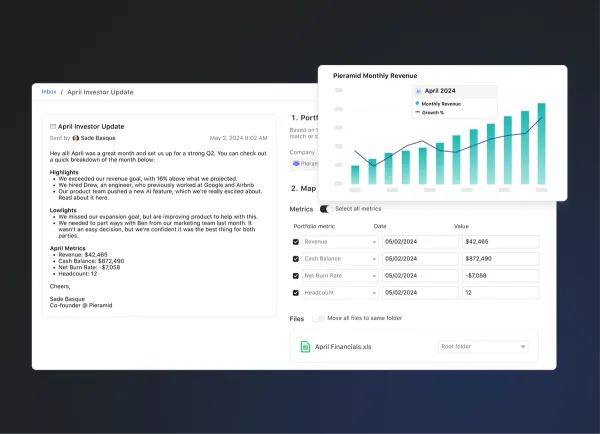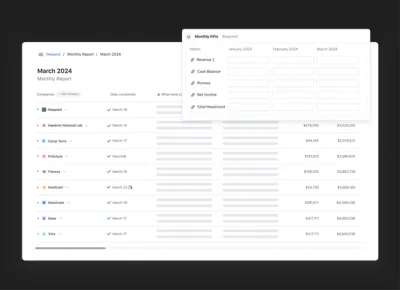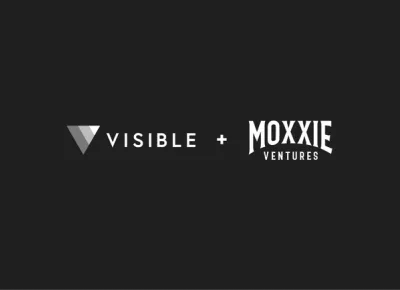
Crowdfunding has revolutionized the way startups and social initiatives gather the necessary funds to bring their ideas to life. This article will explore the intricacies of crowdfunding, delving into its various types and the unique benefits and challenges they present. Whether you're a founder looking to kickstart your project or simply curious about how crowdfunding could play a role in your financial strategy, read on to discover the ins and outs of this dynamic funding mechanism.
What Is Crowdfunding, and Why Is It Important?
Crowdfunding is a method of raising capital through the collective effort of friends, family, customers, and individual investors. This approach taps into the collective efforts of a large pool of individuals—primarily online via social media and crowdfunding platforms—and leverages their networks for greater reach and exposure. Crowdfunding is vital not only as a tool for gathering financial resources but also for validating a product or service in the market, engaging with customers, and building community support.
Three of the most popular crowdfunding platforms include:
- Kickstarter- The platform operates on an all-or-nothing funding model, which means that project creators only receive funds if their campaign reaches its predetermined funding goal. This model encourages creators and founders to set realistic goals and actively promote their projects to ensure success.
- Indiegogo- Known for its flexibility, it supports a wide range of campaigns from tech innovations to artistic endeavors. The platform is distinct for allowing both fixed and flexible funding goals, making it a versatile choice for project creators who may still benefit from partial funding if they do not meet their full target.
- Patreon- Patreon stands out among crowdfunding platforms because it caters to creators seeking continuous funding rather than one-time project support. This makes it particularly popular with individuals involved in ongoing creative endeavors such as musicians, YouTubers, podcasters, and filmmakers.
Related resource: How to Raise Crowdfunding with Cheryl Campos of Republic
The Pros and Cons of Crowdfunding
Crowdfunding offers unique opportunities and benefits for startups and projects, but it also comes with its set of challenges. In the next section, we will delve into the pros and cons of crowdfunding, providing a balanced perspective that will help founders understand what to expect and how to prepare for a successful campaign.
Pros of Crowdfunding
- Pre-Launch Interest and Momentum: Crowdfunding allows founders to generate buzz and interest in a product or service before it officially launches. This pre-launch momentum can be crucial in establishing a brand and ensuring a successful market entry.
- Market Validation: Crowdfunding campaigns allow investors to gauge customer interest and validate the market demand for a product or service before it fully hits the market. This can reduce the financial risks associated with launching new and untested products.
- Risk Reduction through Pre-Sales: By using crowdfunding platforms to pre-sell products, founders can reduce financial risks associated with production and inventory. This approach ensures that there is a market demand before significant investments are made.
- Marketing and Publicity: Crowdfunding campaigns can serve as powerful marketing tools, providing significant media exposure and public attention that can continue to benefit the project long after the campaign has ended.
- Direct Customer Feedback: Crowdfunding offers a unique opportunity for founders to receive direct feedback from early adopters. This feedback can be invaluable for making adjustments to the product or service before it hits the broader market.
- Building a Loyal Community: Crowdfunding not only raises funds but also helps in building a community of supporters who are emotionally and financially invested in the success of the project. This community can become a vital asset for future promotions and continued business growth.
- Access to Capital: Crowdfunding provides a platform to raise significant amounts of money without the need for traditional financial intermediaries such as banks or venture capital firms. This can be especially useful for startups and small businesses that may not have access to traditional funding sources.
Cons of Crowdfunding
- High Competition: The popularity of crowdfunding platforms means that numerous projects are vying for the same pool of potential backers. Standing out among the crowd requires a compelling story and effective marketing strategies, which can be challenging and resource-intensive.
- Fulfillment Pressures: Successfully funded projects face the pressure of fulfilling backers' rewards and expectations. This can be particularly challenging if the campaign goes viral and the number of backers exceeds initial forecasts, complicating logistics and potentially increasing costs.
- All-or-nothing Funding Models: Many crowdfunding platforms operate on an all-or-nothing funding model, where you must reach your funding goal to receive any money. Falling short means no funding at all, which can be a significant risk if you've already invested in campaign marketing and product development.
- Public Exposure of Ideas: When you pitch a project on a crowdfunding platform, you expose your business idea or concept to the public, which includes potential competitors. This can lead to issues if the intellectual property is not fully protected or if the concept is easily replicable.
Related resource: Pros and Cons of Crowdfunding for Your Startup
The 4 Different Types of Crowdfunding
As you explore the world of crowdfunding, it's essential to understand the different types that are available. Each type offers unique advantages and fits different kinds of projects and goals. Below, we delve into the four primary types of crowdfunding: donation-based, equity-based, rewards-based, and debt-based. Choosing the right one can be critical to your campaign’s success.
Related resource: 6 Types of Investors Startup Founders Need to Know About
1) Donation-Based Crowdfunding
Donation-based crowdfunding is exactly what it sounds like – backers donate money without expecting anything in return. This model is primarily used for charitable causes or community projects where the reward is the satisfaction of contributing to a good cause.
When to Use This Method of Crowdfunding
This method is ideal for non-profit organizations, social causes, or community projects where monetary return isn't an expectation. It's particularly effective when the audience is motivated by philanthropy rather than a tangible return.
2) Equity-Based Crowdfunding
Equity-based crowdfunding involves offering a stake in your company in exchange for capital. This means investors receive shares of your business and become partial owners. It’s a way to raise significant funds while distributing the financial risk among a group of investors.
When to Use This Method of Crowdfunding
Use equity-based crowdfunding when you need substantial capital and are comfortable sharing ownership of your company with investors. It is suitable for startups that expect to grow and generate significant revenue, making the equity stake potentially valuable.
3) Rewards-Based Crowdfunding
Rewards-based crowdfunding allows backers to contribute in exchange for tangible rewards, which can vary from the product itself to other unique perks. This type is popular among creative projects and startups that wish to offer their product as a pre-sale.
When to Use This Method of Crowdfunding
This method works best for consumer-focused projects where you can offer your product as a reward to backers. It's suitable for validating product demand before mass production and engaging with your customers directly.
4) Debt-Based Crowdfunding
Also known as peer-to-peer (P2P) lending, debt-based crowdfunding allows individuals to lend money to a project or business with the expectation of getting their money back with interest. It mirrors traditional loans but from multiple lenders at potentially more favorable terms.
When to Use This Method of Crowdfunding
Debt-based crowdfunding is appropriate for founders who need traditional loan conditions but prefer a broader base of lenders to minimize risk. It is also beneficial when founders can ensure a steady revenue stream to manage repayments.
Crowdfunding vs Traditional Fundraising: What are the Differences?
Crowdfunding and traditional fundraising serve the same primary purpose—raising money—but differ significantly in their approach and execution. Traditional fundraising typically involves seeking substantial sums from a few donors, such as angel investors, venture capitalists, or banks, and often requires a detailed business plan, credit checks, or proven business history. It can be a lengthy process with a lot of personal interaction and persuasion.
In contrast, crowdfunding is usually conducted online and aims to gather smaller amounts of money from a large number of people. This method leverages the power of social networks and is accessible to anyone with an internet connection. Crowdfunding campaigns provide immediate feedback and market validation, as they allow the entrepreneur to gauge interest in a product or concept before fully committing to production or scaling. Moreover, crowdfunding can offer more than just financial benefits; it can also provide publicity, community engagement, and customer feedback.
These fundamental differences make each method suitable for different types of projects and funding needs, with crowdfunding often being more accessible and engaging, while traditional fundraising can offer more significant amounts of capital and potentially fewer stakeholders to manage.
Related resource: How to Secure Financing With a Bulletproof Startup Fundraising Strategy
Fundraise the Right Way With the Help of Visible
Crowdfunding not only helps raise the necessary funds for your venture but also connects you with a community that can offer support and feedback.
If you are also interested in finding traditional investors and accelerators check out our Connect Investor Database. Instead of wasting time trying to figure out investor fit and profile for their given stage and industry, we created filters allowing you to find VCs and accelerators who are looking to invest in companies like you. Check out all our investors here and filter as needed.
As you embark on your fundraising journey, consider leveraging platforms like Visible to streamline your efforts.
After finding the right Investor you can create a personalized investor database with Visible. Combine qualified investors from Visible Connect with your own investor lists to share targeted Updates, decks, and dashboards. Start your free trial here.




